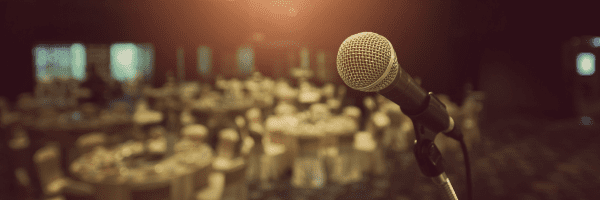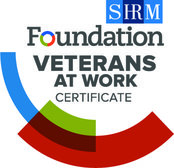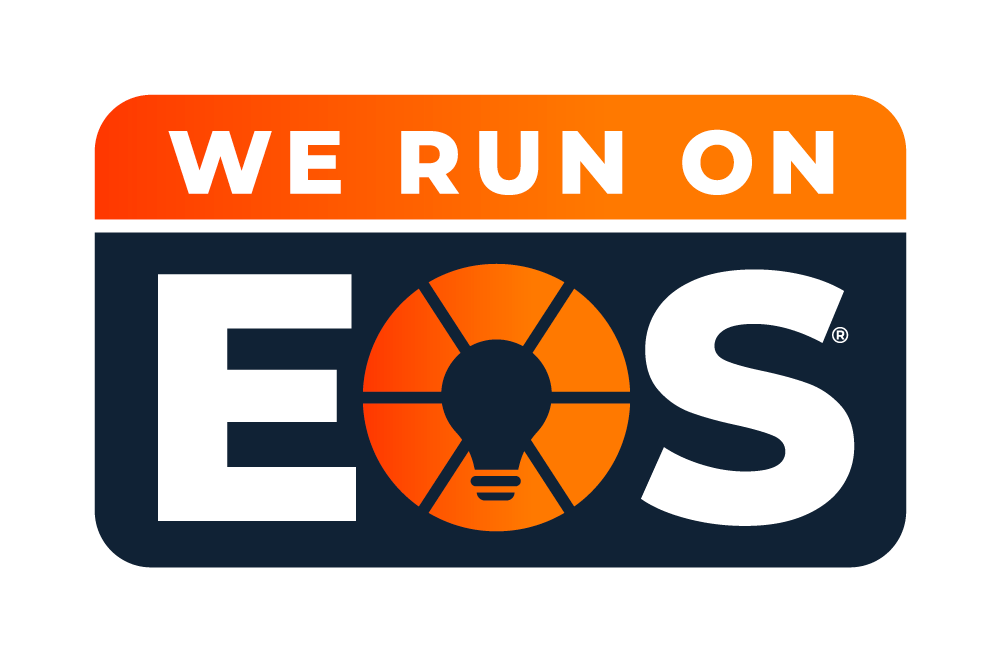Conference Season Wish List
Much has been written about the dos and do nots of attending conferences. But little has been geared towards the user experience. I wrote this while on a plane heading to my first major conference of the season and reflected on some thoughts about what makes it work and what doesn’t.
Accessibility. I want access to all the things and all the people. Having different tiers of conference access (and therefore charging different rates) sometimes just leads to confusion on what is and what isn’t included. With the exception of fancy awards dinners, just include everything in the price, and don’t nickel and dime me for the extras.
Who’s Going to be There? If you are investing in the conference, travel, and the time to be there, I’d like to pregame so I can figure out who I need to meet with. By giving me access to a searchable app of all attendees, you make it easier to schedule the quick coffees and/or intro sessions. The attendee list needs to be searchable by not only the names of attendees but also by the companies they represent.
Speakers. Speakers should be interesting, compelling if possible, and have NEW information. If I heard it at last year’s conference, please don’t make me hear it again. Tracks should be easy to understand, and you should be able to mix and match among the tracks if so desired. For each session, put who the ideal participant is so it’s clear who might benefit the most. I think conference organizers are reluctant to label anything to not whittle down an audience. But the opposite is actually true. Give me 50 people who are the desired audience who understand what I’m saying without having to go into 101-type messaging, and I’ll take that over a room of 100 people of various levels where I have to work harder to get my message across as a speaker.
Matchmaking. I’m quite biased on this point given that’s what govmates does. We’ve seen it done (usually poorly) by automated software apps, by first come/first served, done by hand by the interns, and everything in between. What usually is missing is the need for input from both sides of the equation. What does the buyer actually need? What does the seller actually have? Sometimes just having general networking is better than crappy matchmaking.
Food and Drink. Any food/drink is always ridiculously expensive for the conference organizer to pay for based on the prices the venue charges. But having both (and snacks!) makes for such a better conference experience. Folks don’t have time to go outside the venue to find food. They need water available at all times. They want to stand by the coffee station and chat with people. Nothing brings folks together more than food. And we are there to network. So Food + Networking = Success.
Exhibit Hall. We know this is where the organizer makes money. Make events near the hall. Encourage time to go visit the booths. But don’t put speakers in the middle of the hall. It’s always too loud to hear and too distracting for the audience – it negates whatever the speaker was saying. Put snacks and drinks in the hall for participants to enjoy.
Sitting. Literally, all I want to do at a large show is find somewhere I can sit down for 10 mins, recharge my phone, and check my email. QUIETLY. A quiet zone with chairs or couches along with charging areas is a much-needed space that I would love. Put sponsor pens and paper in there for folks to take notes for follow-up. Make it inviting but make it clear it’s not a place to take phone calls or hold meetings. We all need a break.
Temperature. Inevitably, it’s always too hot or too cold. Conference organizers should work with the venue to have a plan for when it’s cold in the morning and when it gets hot in the afternoon. Make the venue adapt to the needs of the conference, not dictate the terms.
Printed Materials. I have never taken home a printed anything from a conference in terms of agenda or map etc. But they are kinda nice to have while running around. If the conference app is not amazing, offer a printed copy of the agenda and floor plan as optional for attendees to pick up at registration.
Clear Signage. It sounds silly but honestly, sometimes all it takes is a well-placed sign to fix a lot of the backups in the hallway, confusion among attendees, and communication issues. When in doubt, put the sign up. And have organizer employees/volunteers around to help herd the cats.
Breaks between Sessions. Make sure there is enough time for folks to make it from one session to another. Coming in late is distracting to the speaker and disruptive to the audience.
Speaker Gifts. More often than not, these folks paid their way to the conference, and are usually paying for all expenses. Throwing in a gift that you MAIL to their house won’t kill anyone. It’s a nice thank you for after the conference that shows you appreciate their participation.
Surveys. People generally thrive on feedback. Try to make the surveys that attendees take easy to fill out and super quick. Do one for each session and provide feedback to the speakers. Put them on the app but also create a QR code for each session that folks can go to when the session is over. Make time in the agenda for them to provide this feedback (an extra 2 mins). Incentivize people with a gift or something they can win if they participate. Use this data to help make the conference even better next year.
Social Media. One of the biggest contributors to attendance (besides great speakers, opportunities to network, and location) is the FOMO aspect. If your conference doesn’t have a huge social media presence (generally it’s going to be on LinkedIn), then you won’t instill the FOMO that makes folks budget for your conference next year. Again, incentivize people to post on LinkedIn, make it fun, have something quirky that people can take pictures next to, etc. Doesn’t sound like much, but it moves the needle on attendance.
If any conference organizers need help with matchmaking, please reach out.
About BOOST’s CEO, Stephanie Alexander
Stephanie Alexander has spent more decades than she wants to admit supporting high growth government contractors with an eye towards their bottom line. She is the CEO and founder of BOOST LLC which supports back-office functions for government contractors. She is a co-founder and Partner at govmates, a free teaming platform and technology scouting tool to connect business across the federal landscape.








